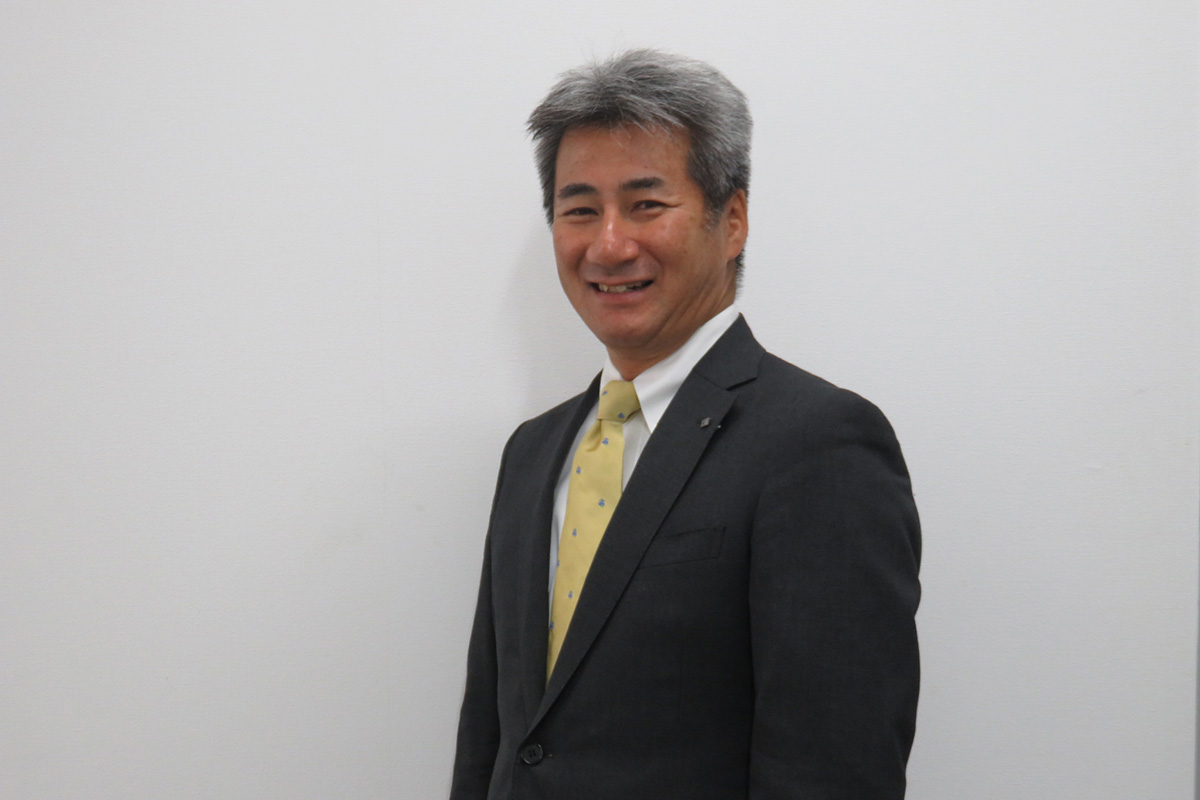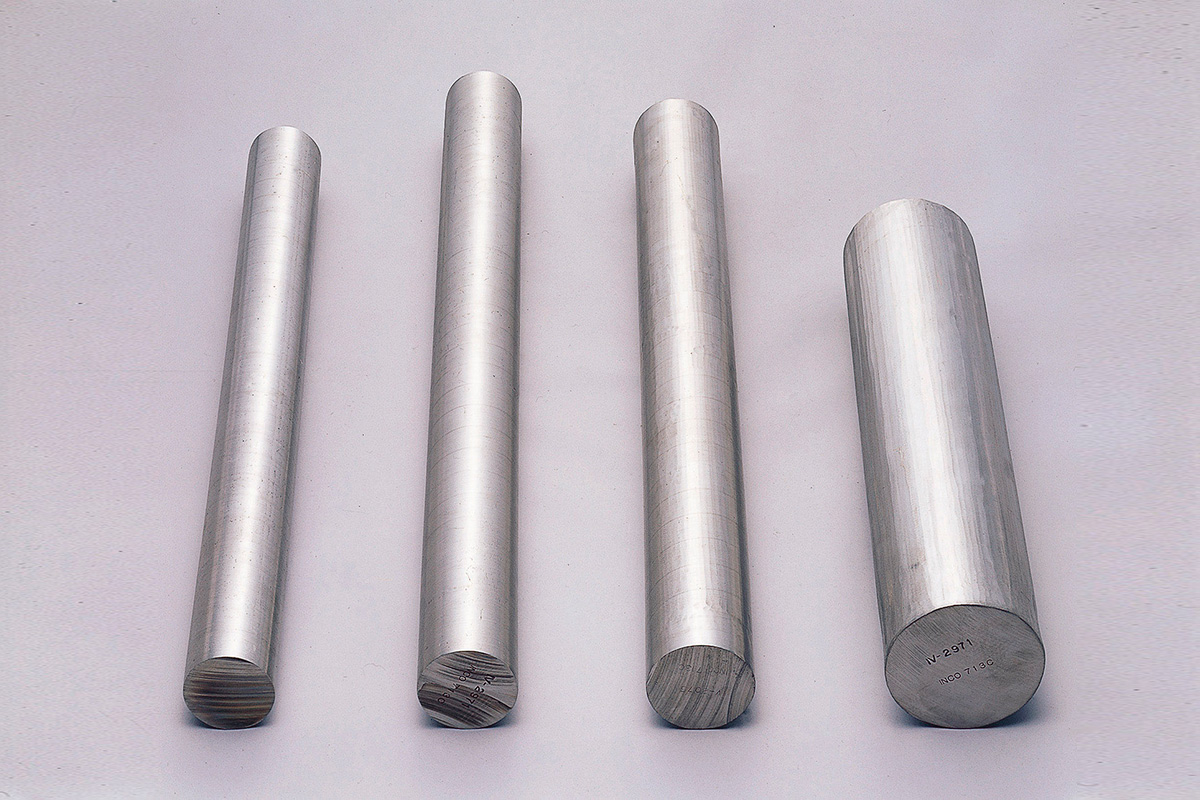IHI Master Metal has been relying on decades of experience in order to provide the best quality alloys to a wide range of industries worldwide.

Japan is at a very interesting time right now. Supply chain disruptions due to COVID-19 and the tension between the US and China, coupled with a historically low yen and the availability of high-quality Japanese products, have made Japan very cost-effective and attractive once again on the international scene. Do you agree with this premise? What would be the main advantages for Japanese companies within this macro-environment?
While we generally agree with this premise, it may not apply to our specific business. This is because we source raw materials from outside Japan for the alloys we produce. Our business has been significantly affected by disruptions in the supply chain, and replacing our international suppliers with Japanese ones is not a viable option. We have limited alternatives.
Our success so far has been primarily driven by the quality of our products and our responsiveness to customer requirements. We have a track record of producing products with minimal defects that are in high demand. Thanks to our ability to consistently meet customer demands and satisfy the necessary ingredients for our products, we excel in delivering high-quality products with flexibility in terms of delivery times and options. We pay meticulous attention to customer requests.
Japan’s aging population raises many issues, such as a labor force shortage and a shrinking domestic market. However, to tackle this population issue, digital transformation and automation can help optimize the design, planning and passing on the technical expertise to the new generation. How are you integrating digital tools and technologies in your production to make your processes and products generally more efficient?
We produce conventional alloys, and our manufacturing process cannot help but being labor-intensive. We acknowledge that securing an adequate labor force will become increasingly challenging. As a result, we are exploring automation and ways to reduce our reliance on human resources, particularly in tasks like ingot handling. Despite the challenges we face, we are committed to making our best efforts to achieve this transition.
Over the last decades, we’ve seen new manufacturers from China, Taiwan and South Korea duplicating the Japanese model at a cheaper cost and a cheaper quality, which forces Japanese companies to move to B2B and niche fields, they continue to maintain significant market shares. What is your core strength that would appeal to foreign prospects?
Our core strength lies in our ability to meticulously cater to our customers' requirements, even down to the smallest details, while maintaining a consistent delivery of high-quality products. Given the substantial weight of our products, transportation plays a critical role, especially for our American and European customers. While we continuously strive to enhance our production processes, we also recognize transportation lead-time and costs is key driver for customers’ source selection.
Based on customer feedback, we consistently surpass their specified standards, including the visual appeal of our products. Customers have remarked that our ingots possess a noticeably shinier appearance compared to our competitors' offerings. The superior quality of our products significantly enhances our customers' overall yields.

Master Ingot
Your products are mainly used for turbines in aviation engines, industrial gas turbines and vehicle superchargers. Which of these three main industries that you are catering to has the most growth potential for your business? Is there a new industry you can help in the future?
We have achieved success in the gas turbine sector. However, our strategic focus now lies also in aviation, an industry closely aligned with our parent company, IHI. This sector is widely regarded as having continuous growth potential, with consistent annual growth rates of 4% to 5%.
The COVID-19 pandemic led to grounded airplanes and reduced demand for new ones. How did you manage to overcome that situation? What strategies have you employed to mitigate the future impacts of such occurrences?
Fortunately, our business for industrial gas turbine performed exceptionally well when the aviation industry faced a significant downturn, providing a crucial boost to our overall performance.
While the commercial aviation sector was severely impacted by the disruptions caused by COVID-19, a silver lining emerged in the form of increased demand from the military sector. Although our share in the military aviation sector is relatively small, it showed signs of recovery. This resurgence was driven by heightened tensions with neighboring countries, prompting the Ministry of Defense to expand its budget allocation and generate new demands.
One of the most prominent trends in the aviation industry centers around ecological concerns and energy efficiency. A key strategy for reducing energy consumption involves making the blade lighter without reducing the resistance of the materials due to the pressure of the flights. How do your superalloy ingots help the aviation industry challenge these lightweight and highly resistant materials in general?
End-users are increasingly focused on reducing the weight of the parts and components they manufacture while ensuring they retain their strength. They dictate the specific alloys and specifications they require from us. Our primary role is to manufacture products that meet our clients' specifications and requirements while continually enhancing our production processes.
The automotive industry is undergoing a significant transformation toward EVs and lightweight vehicles, which means removing some components and adopting materials like aluminum, titanium and magnesium. How can your materials help offset the weight of vehicles in the automotive sector? What makes your products the go-to material for your clients?
The primary application of our ingots is in the production of turbochargers for gasoline engines in automobiles. We have to accept that our share in this specific sector is going to decline.
How do you plan to adapt to the decline of combustion engines in order to continue serving the automotive sector? Are there potential opportunities in other areas of the automobile?
Honestly, I'm not certain, but it's something we want to know. While we have excelled in producing high-quality products, they come with a higher cost. Therefore, it's essential to identify applications where customers see value in our quality, even considering the premium cost. Turbochargers are a prime example, as they are critical components where customers are willing to pay for our products.
Currently, we have to say we don’t find specific opportunity in EVs. However, as long as internal combustion engines persist, even with changing fuel types, there remains an opportunity. Smaller engine sizes often require turbochargers to supplement power, and this is where we can play a significant role.
Furthermore, lightweight materials are crucial for energy conservation in both the aviation and automotive sectors. These materials must also withstand high temperatures to improve fuel efficiency and energy savings. Fortunately, our alloys have excellent high-temperature resistance. If the automotive industry seeks alloys with these properties, it could present a valuable opportunity for us.
One of the issues in producing nickel or cobalt-based superalloys is the risk of contamination from dust, oxidation, or undesired elements such as hydrogen, nitrogen, oxygen or sulfur. With your over 30 years of experience, how do you make sure to overcome these issues while using the vacuum melting technology? How do you ensure the consistent delivery of your high-quality products?
One of our key strengths lies in our advanced vacuum melting technology. More specifically, through our experience and expertise, we have superiority in, 1) superb temperature control of the melted alloy, 2) vacuum pressure control of the furnace, 3) satisfying the ingredient combination to the specification, 4) excellent chemical analysis technology of the melted alloy which support conformance of the ingredient.
We employ chemical analyzers and meticulous procedures during our melting process to ensure that we consistently meet our customers' strict requirements. Additionally, we monitor impurity levels closely to maintain the stable production of high-quality products.
It's worth noting that only a limited number of companies in Japan possess a glow discharge mass spectrometer, a specialized tool for tracing element contamination. The landscape may have evolved since then.
What role do partnerships play in your business model? Are you looking for new partners to further expand overseas?
Given our company's size, we are not currently contemplating partnerships with international companies to enhance our product capabilities. Our focus, instead, is on directing future partnerships toward bolstering our sales capabilities.
Is there a particular region overseas in which you want to increase your sales?
We are currently in discussions to identify regions with the greatest business potential, with a particular focus on transportation as a key factor. In this regard, Europe may present certain disadvantages geographically.
In the American market, there are already well-established major players that we consider potential competitors. Conversely, in China, while there are significant players in the industry, their technical capabilities have not yet reached the level of sophistication that we possess. They are still in the process of development.
Your company is celebrating its 40th anniversary, and you just became the president. Imagine we come back in five years and have this interview all over again. What would you like to tell us? What are your dreams for this company, and is there a specific goal that you would like to accomplish? How would you like your company to be seen globally?
We have successfully carved out a distinctive niche in the domestic market and aim to not only maintain but enhance our strong position in Japan. Additionally, we aspire to achieve significant milestones beyond Japan to bolster the company's global presence.
0 COMMENTS